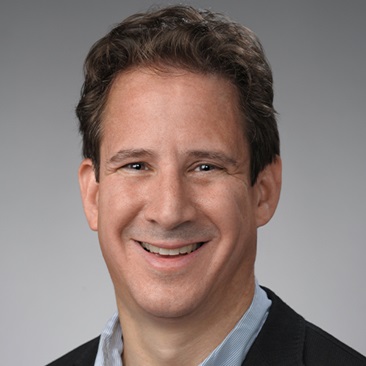Contraband Over Time
December 22, 2015
According to Andrew Cohen, evolving attitudes toward smuggling reflect the economic priorities of a different era.
As an historian of crime, Andrew Wender Cohen studies how once-forbidden behaviors reflect the values and politics of their eras. His first book, The Racketeer’s Progress: Chicago and the Struggle for the Modern American Economy (Cambridge), focuses on how workers and craftsmen illicitly governed the urban economy, forging the New Deal order. His new book, Contraband: Smuggling and the Birth of the American Century (Norton), examines surreptitious importation and its meaning for battles over trade and imperialism.
Contraband explores this unique aspect of history through the stories of real-life smugglers, principally “Prince of Smugglers” Charles L. Lawrence, a British-born theater impresario and former U.S. diplomat who smuggled more than $3 million in silk and lace into the United States between 1873 and 1875. He eventually was prosecuted for defrauding the U.S. government of more than $1 million in duties.

Crime provides a lens as to how society views itself, says Cohen, associate professor of history and the Otey and Barbara Scruggs History Faculty Scholar at the Maxwell School. “Smuggling tells us how people feel about America’s relation to the world and how the U.S. government regulates Americans’ interaction to the world,” he says. “Lawrence’s smuggling intrigued the public because it threatened the bonds of nationalism.”
In the 18th century, smuggling wasn’t about narcotics but consumer goods, such as sugar, tobacco, silk, and jewelry. “This was a period when virtually everyone was a farmer and manufactured goods were largely imported,” says Cohen. “We had just won a revolution. The founding fathers wanted America to be economically independent.” To spur manufacturing, Congress issued a “war on smuggling,” instituting high tariffs on imported goods; smuggling became commonly viewed as unpatriotic.
With no income tax, tariffs were also the government’s main source of income and, in theory, 19th-century Americans largely supported tariffs on foreign goods. “On one hand, people voted in principle for what we call protectionism,” says Cohen. “On the other hand, they wanted cheap, high-quality goods. Smuggling, and Americans’ response to it, became a lens to view 18th and 19th–century American history, touching on economics, patriotism, trade, corruption, slavery, and social class.”
Over time, tariffs as high as 50 to 100 percent increased the incentive to smuggle, and the issue became central to the political debate. Free traders argued that smuggling was evidence of prohibitively high duties, enticing otherwise honest merchants to lie at the custom house, while protectionists claimed that smugglers threatened the livelihood of domestic workers. By the antebellum era, with America emerging as an economic power, tariffs were a polarizing issue between the North and South.
“Northern industries needed protection from foreign goods and promoted high tariffs, but the South’s economy depended on the free flow of commodities like cotton,” says Cohen.
As the economy matured, Americans came to view themselves as consumers rather than producers. “They wanted low prices and concluded industry no longer needed protection,” says Cohen. “Some manufacturers even wanted access to foreign markets. The nation became more engaged in the world. Most very high tariffs were eliminated between 1913 and 1945, greatly reducing smuggling.
Cohen reminds us to consider such tariffs when assessing taxation levels of past centuries. “These tariffs were an indirect tax that was very popular for a long time,” he says.
By Renée Gearhart Levy
